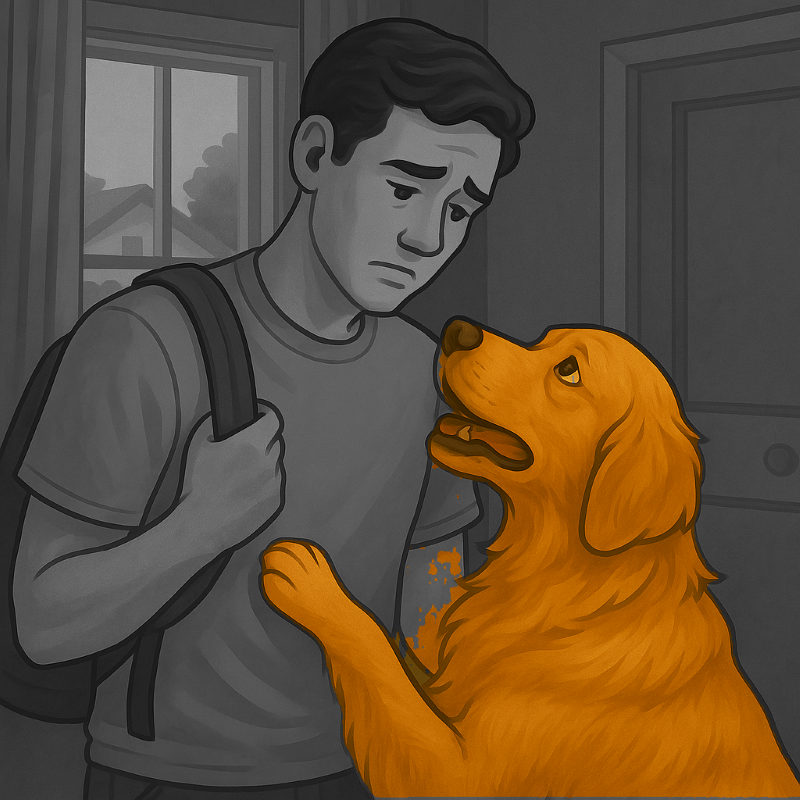Separation anxiety in dogs is a real struggle for both pets and owners. It’s heartbreaking to watch a dog panic when left alone, but the good news is—it’s treatable!
Why Does Your Dog Struggle with Being Alone?
Just like toddlers clinging to their parents, dogs form deep emotional bonds with their caretakers. This attachment is natural, but when a dog relies too much on their human for comfort, being alone can feel overwhelming.
Dogs are social pack animals, meaning they thrive in company. In the wild, they depend on their pack for survival. When brought into a human home, their pack instinct transfers to you. If they don’t get enough independent experiences, they can develop separation anxiety, leading to distress and destructive behavior.
Signs of Separation Anxiety in Dogs
Your dog might be suffering from separation anxiety if you notice:
🔹 Excessive whining or barking when left alone
🔹 Chewing furniture, shoes, or random objects out of distress
🔹 Accidents (urination, defecation, vomiting) despite being house-trained
🔹 Overly clingy behavior when you’re at home
🔹 Extreme excitement when you return
Common Causes
🐾 Lack of socialization—dogs that haven’t experienced independence early on struggle more
🐾 History of trauma—dogs from shelters or rescues often show signs due to abandonment
🐾 Sudden lifestyle change—moving homes, changes in schedules, or losing a family member can trigger anxiety
🐾 Multiple rehomings—constant owner changes leave dogs insecure
“ Your dog loves you—but teaching confidence is the greatest gift you can give them. “
Coco Lee
How to Help Your Dog Feel More Secure
If your pup struggles with separation, don’t worry—there are solutions!
✔ Keep arrivals & departures low-key – Avoid making a big fuss when leaving or returning. This teaches your dog that alone time is no big deal.
✔ Provide distractions – Leave puzzle toys, treat dispensers, or interactive games to keep their mind busy.
✔ Practice short absences – Start with quick trips outside, then gradually increase time away.
✔ Use background noise – Turn on the TV or radio to fill the silence and provide a sense of comfort.
✔ Consider crate training – A crate can become a safe space rather than a source of anxiety.
✔ Daily exercise – Burn off excess energy so your dog is relaxed instead of restless.
When to Consider Professional Help
Some dogs need extra support, especially if their anxiety is severe. A veterinarian can recommend behavioral techniques or anxiety-suppressing medications for extreme cases.
Bottom line: If your dog is too stuck on you, it’s time to help them build independence for their emotional well-being. With the right approach, they can learn to feel safe even when you’re not around.




